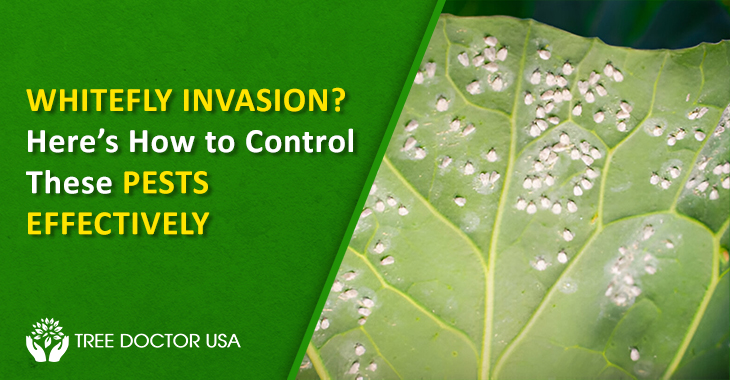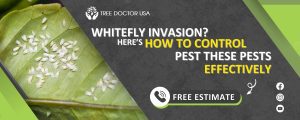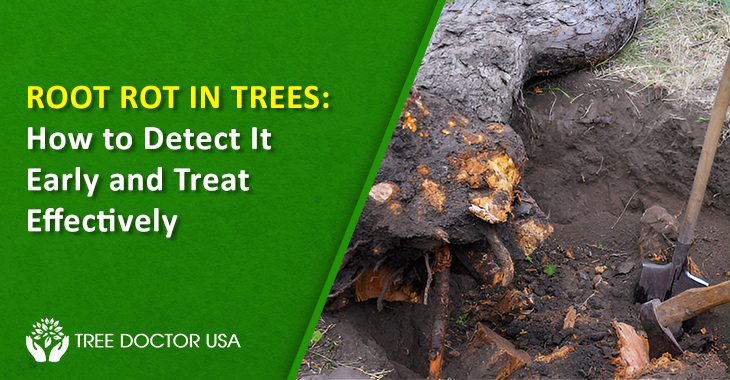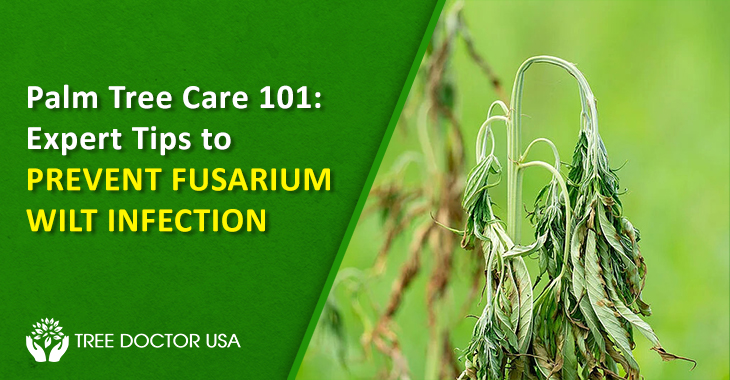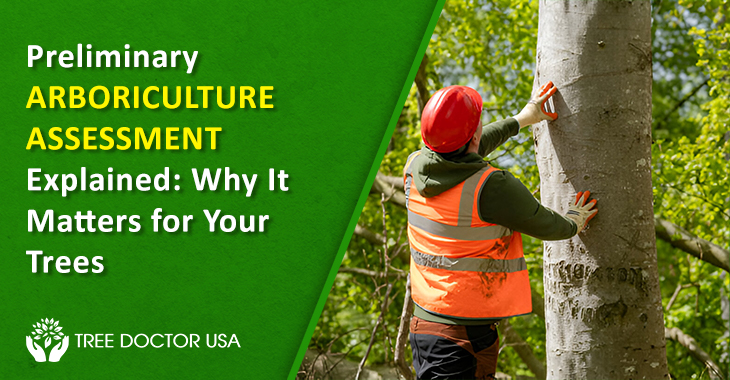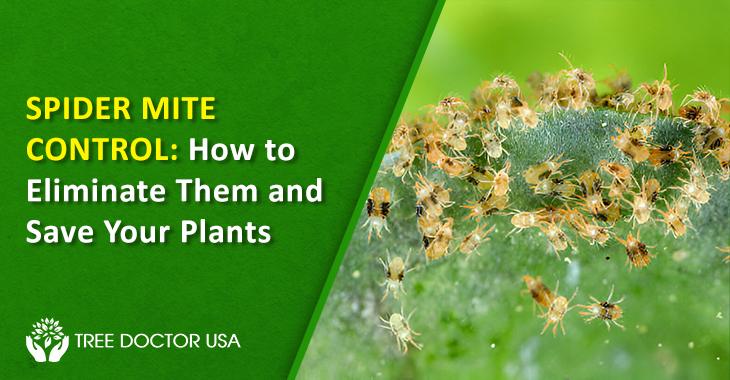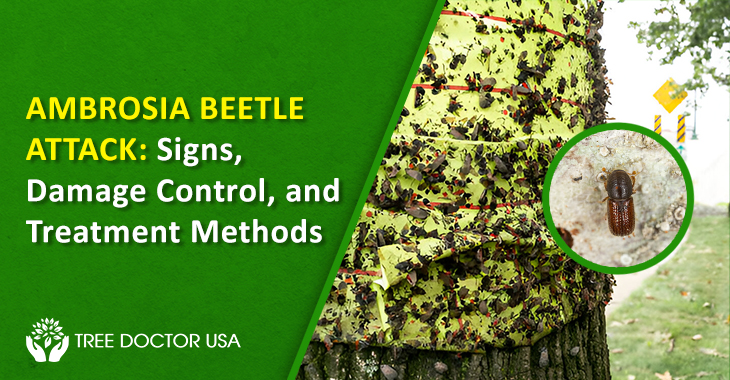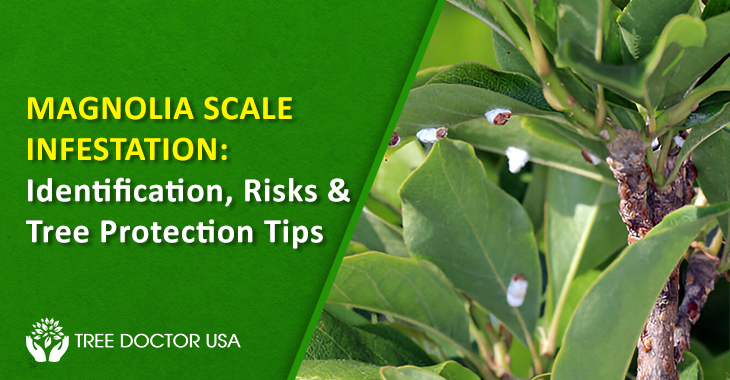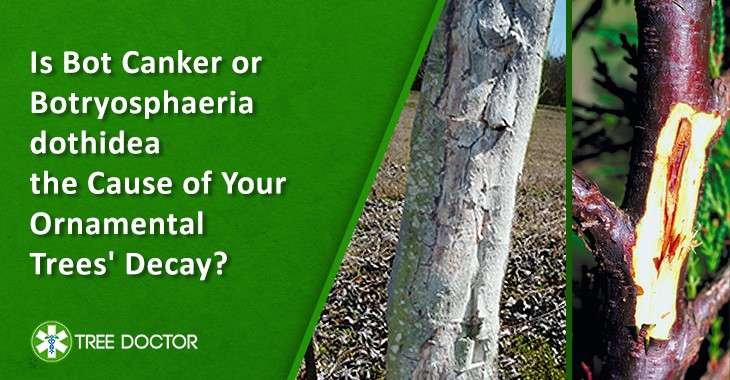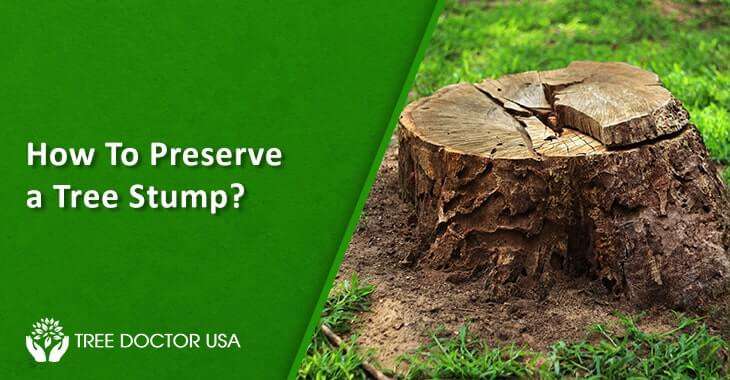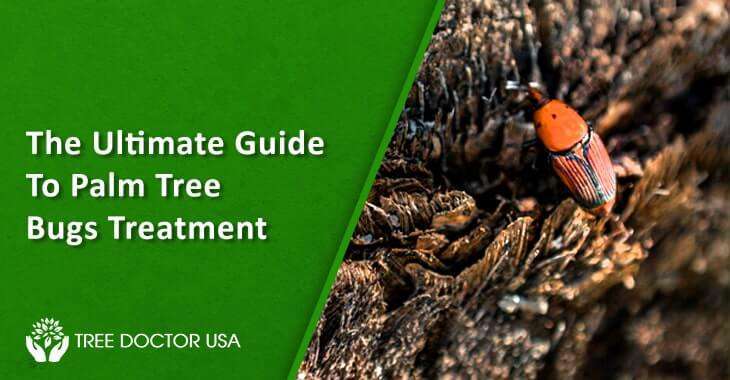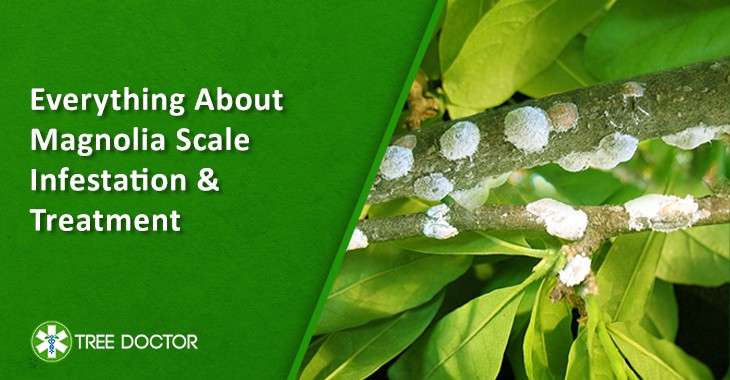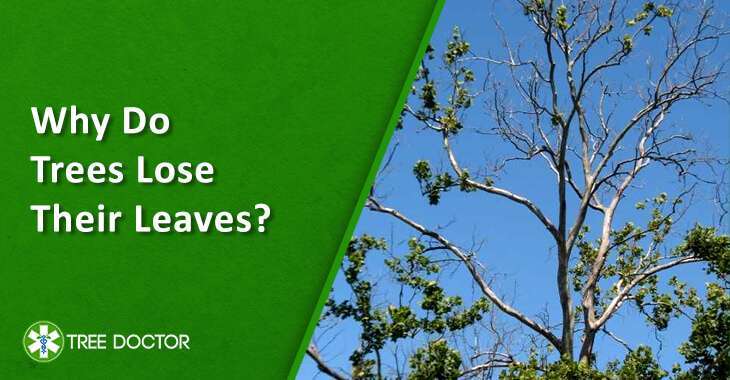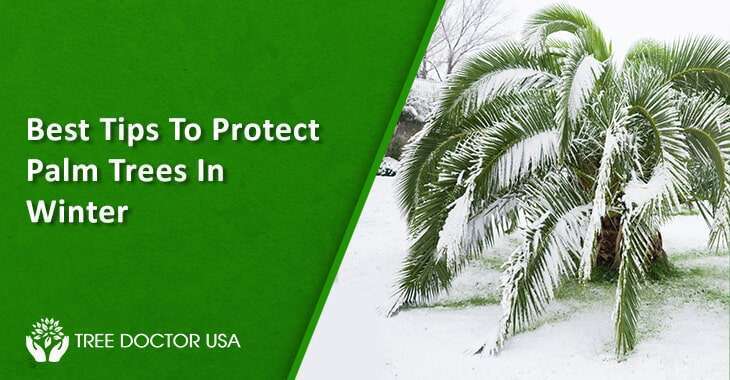Whitefly Invasion? Here’s How to Control These Pests Effectively
Little sap-sucking insects called whiteflies can seriously harm indoor and outdoor plants in your home. They may multiply quickly and transmit illness, which makes them especially dangerous in warm temperatures and greenhouse environments. Maintaining healthy plants requires knowing how to control these pests. We’ll look at practical methods of whitefly insect control in this blog.
What are Whitefly Insects?
Whiteflies are yellow insects with white wings. They are small in size. Their size is approximately 2 mm in length. Plant sap is their food source. As a result, leaves become yellow and drop early. Severe infestations can lower agricultural output by stunting plant development. Furthermore, whiteflies release a sticky material known as honeydew, which encourages the formation of sooty mold and harms plants even more.
Whiteflies come in several species. The two most prevalent types are the silverleaf and greenhouse whiteflies. The females of both species are renowned for reproducing quickly, depositing dozens of eggs all over the lower surface of leaves.
What are the Signs of Whitefly Infestation?
Early detection of the infestation is crucial for successful whitefly management. Seek out:
- Observable Insects: When the plant is disturbed, white, moth-like insects fly everywhere.
- Yellowing Leaves: Infestations result in yellowing and wilting of the leaves. Additionally, choleric patches and early leaf loss are possible.
- Sooty Mold: Black, sooty mold growth and sticky material on leaves are known as honeydew and sooty mold. Whiteflies can also carry diseases other than sooty mold. Certain animals are known to disperse some unfavorable circumstances for crops.
- Stunted Growth: Stressed-out plants exhibit slower development.
Natural Ways for Whitefly Insect Control
Especially for organic gardeners, the first line of defense is frequently natural whitefly control. Some of the natural techniques include:
Neem Extract
Neem plants provide an all-natural insecticide called neem oil. It stops pests like whiteflies, limits their capacity to feed and functions as a hormonal contraceptive.
Make use of sticky traps
Sticky traps can help control an infestation, especially yellow ones that attract whiteflies. With petroleum jelly, you can do it yourself as well. Sticky yellow traps should be placed close to infected leaves, with the plant facing away from the sun. Make sure you routinely clean the traps.
Give Predators Unrestricted Freedom
Leaving your garden open to the natural predators of whiteflies is one approach to whitefly insect control in your yard. Whiteflies are eaten by harmless and helpful insects such as ladybugs and dragonflies.
If your goal is to eradicate only whiteflies, leave your outdoor space or vegetable garden welcoming to other creepy-crawlies, such as mites and parasitic wasps.
Mulch and fertilize as needed
By adjusting the nitrogen levels in the soil, mulching and fertilizing your plants, you may increase their resistance against whiteflies. Additionally, some mulch as well as fertilizer products can serve as natural repellent for whitefly insect control. Examples of these include granular fertilizer and aluminum reflective mulch, which blinds whiteflies.
Chemical Methods for Whitefly Insect Control
Natural remedies might not be enough for whitefly insect control when the infestation is severe. Chemical controls may be required. However, it’s critical to use these insecticides appropriately to protect the ecosystem and beneficial insects.
- Insecticides: Those that kill on contact, kill whiteflies. This group includes soaps with insecticidal properties and pyrethroids. For best results, use them directly on the whiteflies.
- Oils used in gardening: These oils suffocate whiteflies and their eggs. To prevent leaf burn, use horticultural oils in the early morning or late evening.
Integrated Pest Management (IPM)
IPM is a comprehensive method of managing pests by integrating several techniques for whitefly insect control. To apply IPM for whiteflies, follow these steps:
- Watch and Recognize: Keep an eye out for whitefly activity on plants regularly. Monitoring whitefly activity may be done with yellow sticky traps.
- Cultural controls: To maintain plant health while making them less vulnerable to whiteflies, follow excellent gardening techniques such as enough watering, fertilization, and trimming.
- Mechanical Controls: Take out and properly dispose of leaves that are badly infected. To remove whiteflies from plants, use a powerful stream of water.
- Biological Controls: To manage whitefly numbers, release helpful insects and make use of natural predators.
- Chemical Controls: Only use pesticides in extreme cases and with caution. To stop resistance, rotate the chemicals.
Final Takeaway
Although whitefly insect control is a difficult task, you can safeguard your plants and keep your garden in good condition by using the appropriate tactics. Tree Doctor USA effectively controls whitefly insects by regular monitoring and early intervention using natural, chemical or integrated strategies. Remember that a flourishing garden is far less likely to have serious insect issues, so prioritize plant health and deterrent measures for whiteflies.
You may successfully manage whiteflies and have a flourishing garden by learning about their biology and behavior and using various management techniques. Cheers to your successful gardening!
Have trouble with whiteflies? Get professional whitefly pest control by contacting Tree Doctor USA. Call 1-800-123-4567 to safeguard your landscape right away!

